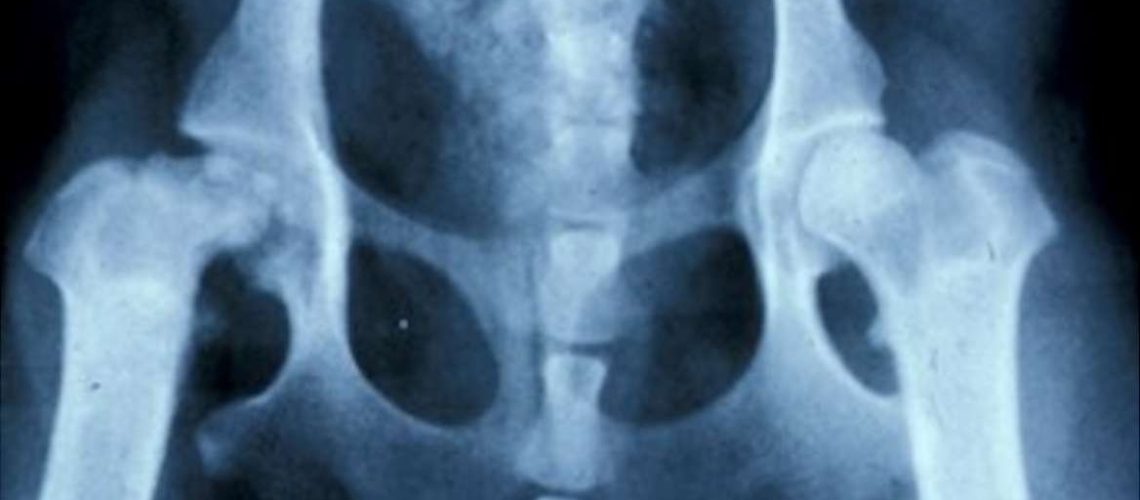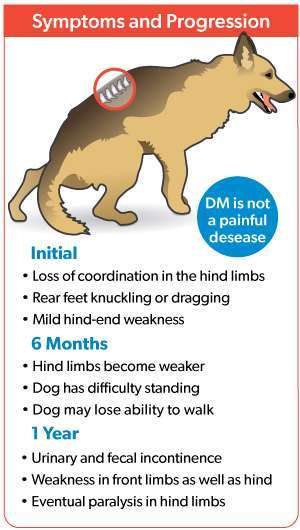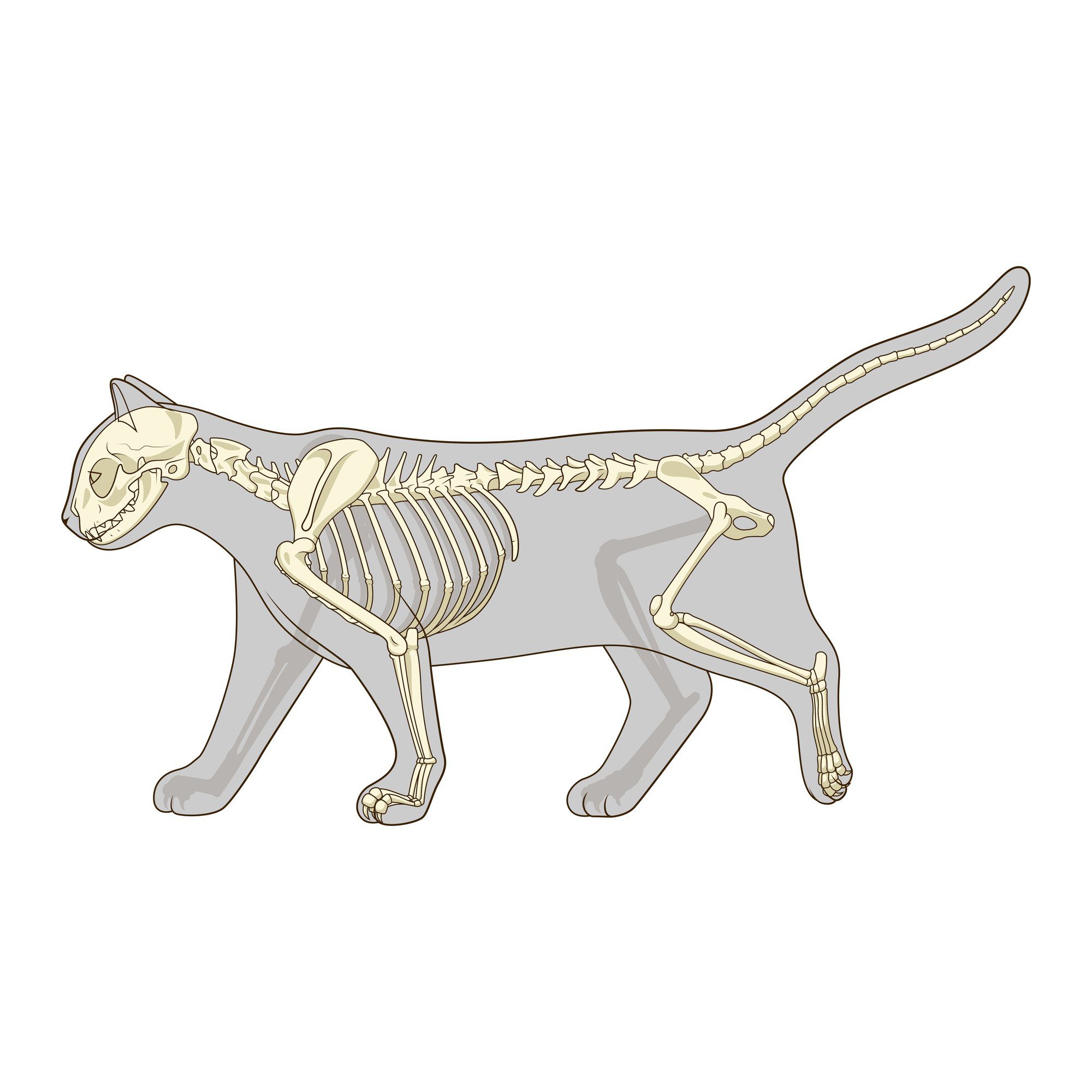Key Takeaways:
- Legg-Calve-Perthes disease is a degenerative condition that affects the hip joint in dogs.
- It primarily occurs in small breed dogs, especially toy and miniature breeds.
- The exact cause of Legg-Calve-Perthes disease is unknown, but it is believed to be a combination of genetic and environmental factors.
- Symptoms include limping, pain, muscle atrophy, and difficulty walking or running.
- Treatment options for Legg-Calve-Perthes disease may include surgery, physical therapy, pain management, and lifestyle modifications to reduce stress on the affected joint.
Are you a dog lover? If so, then understanding Legg-Calve-Perthes Disease in dogs is essential for your furry friend's well-being. This disease affects the hip joint, causing pain and mobility issues. By delving into this subject, you'll gain valuable knowledge on how to identify and manage this condition, ensuring a happier and healthier life for your canine companion. Did you know that approximately 1 in every 1000 dogs are affected by Legg-Calve-Perthes Disease? With such prevalence, it's crucial to equip yourself with the necessary information to protect your four-legged family member. So, let's dive into the world of Legg-Calve-Perthes Disease in dogs and become empowered pet owners!
What is Legg-Calve-Perthes Disease in dogs?
Legg-Calve-Perthes Disease is a condition that affects the hip joint of dogs, particularly small breeds. It occurs when the blood supply to the head of the femur bone (the ball-shaped part of the hip joint) is disrupted, leading to degeneration and collapse of the bone. This can cause pain and discomfort for the dog, as well as difficulty in walking and moving around.
Causes
The exact cause of Legg-Calve-Perthes Disease is unknown, but it is believed to be a combination of genetic factors and environmental triggers. Some researchers think that certain breeds may be more prone to developing this condition due to their genetics. Additionally, trauma or injury to the hip joint may also play a role in its development.
Risk Factors
Certain factors can increase a dog's risk of developing Legg-Calve-Perthes Disease. These include:
1. Breed: Small breeds such as Yorkshire Terriers, Miniature Poodles, and Shetland Sheepdogs are more commonly affected.
2. Age: Dogs typically develop this disease between 6 months and 1 year old.
3. Gender: Male dogs are more frequently affected than females.
How does Legg-Calve-Perthes Disease affect a dog's hip joint?
When a dog has Legg-Calve-Perthes Disease, the blood supply to the femoral head is disrupted, causing it to gradually deteriorate over time. As a result, the femoral head becomes flattened and collapses. This leads to instability in the hip joint and can cause pain and inflammation.
Anatomy of the Hip Joint
To understand how Legg-Calve-Perthes Disease affects a dog's hip joint, it's important to know its basic anatomy. The hip joint is a ball-and-socket joint, where the femoral head (ball) fits into the acetabulum (socket) of the pelvis. This allows for smooth movement and support during activities like walking and running.
Effects on the Hip Joint
In Legg-Calve-Perthes Disease, as the femoral head degenerates, it loses its round shape and becomes misshapen. This affects the smooth articulation of the hip joint and causes pain when the dog tries to move or put weight on the affected leg. Over time, inflammation can develop in the joint, further worsening the discomfort.
Common signs and symptoms of Legg-Calve-Perthes Disease in dogs
Legg-Calve-Perthes Disease can cause various signs and symptoms in affected dogs. While these may vary from dog to dog, some common indicators include:
1. Lameness: Dogs with this condition may limp or favor one leg while walking or running.
2. Pain: They may show signs of discomfort when their hips are touched or manipulated.
3. Difficulty in movement: Dogs may have difficulty jumping, climbing stairs, or getting up from a lying position.
4. Muscle wasting: Over time, muscles around the hip joint may become weaker and smaller due to lack of use.
It's important to note that these symptoms can also be caused by other conditions, so a proper diagnosis from a veterinarian is crucial.
Diagnosing Legg-Calve-Perthes Disease in dogs
If you suspect your dog has Legg-Calve-Perthes Disease based on their symptoms, it's important to consult with a veterinarian for an accurate diagnosis. The vet will perform a thorough examination and may recommend additional tests such as:
1. X-rays: X-rays of the hip joint can reveal changes in the shape and structure of the femoral head, confirming the presence of Legg-Calve-Perthes Disease.
2. Joint fluid analysis: In some cases, the vet may extract fluid from the affected joint to check for signs of inflammation or infection.
3. CT scan or MRI: These imaging techniques can provide more detailed images of the hip joint and help evaluate the extent of damage.
Once a diagnosis is confirmed, appropriate treatment options can be discussed.
Treatment options for Legg-Calve-Perthes Disease in dogs
The treatment for Legg-Calve-Perthes Disease may vary depending on factors such as the dog's age, size, overall health, and severity of the condition. The main goal of treatment is to relieve pain, improve mobility, and prevent further degeneration of the hip joint.
Conservative Management
In mild cases or when surgery is not feasible, conservative management may be recommended. This approach focuses on managing pain and supporting the affected leg through:
1. Pain medication: Nonsteroidal anti-inflammatory drugs (NSAIDs) can help reduce pain and inflammation.
2. Rest: Limiting exercise and physical activity can give the hip joint time to heal.
3. Physical therapy: Gentle exercises and range-of-motion movements prescribed by a veterinarian or physical therapist can help maintain muscle strength and flexibility.
Surgical Intervention
Surgery is often necessary to treat Legg-Calve-Perthes Disease effectively, especially in moderate to severe cases. The most common surgical options include:
1. Femoral head ostectomy (FHO): This procedure involves removing the damaged femoral head to eliminate pain and create a false joint using scar tissue.
2. Total hip replacement (THR): In more advanced cases or larger breeds, replacing the entire hip joint with an artificial prosthesis may be considered.
The choice of surgery depends on various factors, and your veterinarian will guide you in selecting the most appropriate option for your dog.
Long-term effects and complications of Legg-Calve-Perthes Disease in dogs
When properly treated, many dogs with Legg-Calve-Perthes Disease can regain good mobility and live a normal life. However, there can be potential long-term effects and complications to be aware of.
Persistent Lameness
In some cases, despite treatment, dogs may continue to have a slight limp or gait abnormality. This can be due to residual muscle weakness or joint stiffness.
Development of Arthritis
Legg-Calve-Perthes Disease can increase the risk of developing arthritis in the affected hip joint later in life. Arthritis is characterized by joint inflammation, pain, and decreased mobility. Regular exercise, weight management, and joint supplements may help minimize the progression of arthritis.
Reoccurrence
Although rare, there is a small chance that Legg-Calve-Perthes Disease may reoccur in the same or opposite hip joint. Regular check-ups with a veterinarian are important to monitor your dog's condition and catch any potential issues early on.
Overall, with appropriate treatment and care, most dogs can lead happy and active lives even after being diagnosed with Legg-Calve-Perthes Disease.
In conclusion, Legg-Calve-Perthes Disease is a condition that affects dogs, causing pain and difficulty in moving. It is important for dog owners to be aware of this disease and seek veterinary care if their pet shows any signs of limping or discomfort.
How do you treat Legg-Perthes in dogs?
The treatment for Legg-Perthes involves a surgical procedure to remove the affected hip joint. Dogs that undergo successful treatment have a positive prognosis. It is not recommended to breed dogs that have had Legg-Perthes because there is a risk of passing on the condition to their offspring.
What are the signs and symptoms of Legg-Perthes disease in dogs?
Legg-Calve-Perthes disease typically starts with a slight limp that gradually worsens over a period of weeks to months. As the disease progresses, the dog will experience increased pain and stiffness, as well as muscle deterioration. Eventually, the dog will be unable to put any weight on the affected leg due to the pain and weakness. This is expected to occur by June 21, 2023.
Is Legg-Calve-Perthes disease curable in dogs?
If a dog with Legg-Calve-Perthes Disease does not require surgery but instead needs rest and immobilization, following a strict rest protocol can lead to a full recovery. Afterward, the dog should be able to move and walk normally without experiencing any pain.
What breed of dog has Legg-Calve-Perthes disease?
What is the cause of Legg-Calve-Perthes disease? Legg-Calve-Perthes is a genetic condition that primarily affects small dog breeds like Chihuahuas, Bichon Frises, Poodles, Pomeranians, and terriers. It typically occurs in young dogs but can also occur in cats.
How much does Legg Perthes dog surgery cost?
For the best outcomes, it is recommended to go with a board-certified veterinary surgeon, although many general practitioners can perform this surgery effectively at a lower cost. The average price range for this surgery is typically between $1,000 and $3,000, and the exact amount may vary depending on your location and the experience/education of the surgeon.
What are the 4 stages of Legg-Calve-Perthes disease?
As the disease progresses, the body tries to eliminate the damaged bone and start the process of new bone growth. The different stages of Perthes disease are the onset stage, fragmentation stage, reconstitution stage, and residual stage. This process typically occurs from the beginning of the disease until its resolution.

















